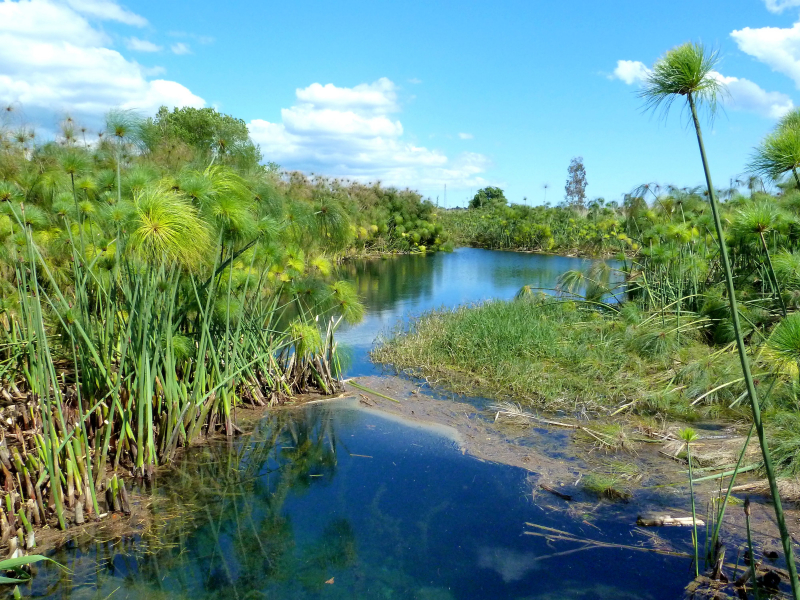Papyrus
The Nile River is home to the papyrus plant. The ancient Egyptians not only notably used the stem of the papyrus plant to produce paper, but also sails, fabric, mats, and ropes. It is a fragile herbaceous perennial native to Africa that grows in shallow water to produce tall stands of reed-like swamp vegetation.
Papyrus sedge (and its near cousins) have been used by humans for thousands of years, most notably by the Ancient Egyptians (as it is the source of papyrus paper, one of the first types of paper ever made). Plant parts may be eaten, and the very buoyant stems can be used to make boats. It is now often grown as an ornamental plant. It thrives in broad sun, flooded marshes, and on lake edges all throughout Africa, Madagascar, and the Mediterranean. It has been introduced to tropical locations all over the world outside of its native habitat (such as the Indian subcontinent, South America, and the Caribbean).












